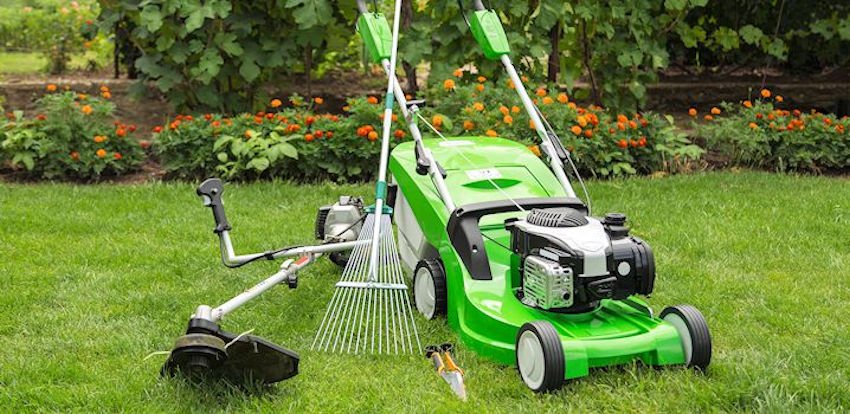Helpful tips to winterize your Lawn
 Keeping up with the seasonal changes and how they effect your lawn is one of the most challenging parts of being a homeowner. However, the preparation and upkeep during the winter months are one of the integral aspects in the health of your lawn. While grass is dormant during the winter, preparation during the fall months make a big difference in how your grass will look come spring. By following a few simple tips, your lawn can remain healthy through the winter and be vibrant as it enters the spring months.
Keeping up with the seasonal changes and how they effect your lawn is one of the most challenging parts of being a homeowner. However, the preparation and upkeep during the winter months are one of the integral aspects in the health of your lawn. While grass is dormant during the winter, preparation during the fall months make a big difference in how your grass will look come spring. By following a few simple tips, your lawn can remain healthy through the winter and be vibrant as it enters the spring months.
The first step needs to take place in early fall, and that is to reseed and fertilize. A thorough reseed and fertilization early in the fall not only fills in patches left as warm weather weeds die off and leave bare on your lawn, but it also insures that as spring comes, that weeds won’t come back and take hold in the bare spots they vacated. By fertilizing, you can do wonders for the underground health of your grass as it develops and strengthens the root system which is essential for a lush lawn.
Next, make sure that all debris and leaves are raked off of the lawn and garden areas. It is essential to keep your lawn and garden free of junk, which cut off air and can be a place for pests to hide. Additionally, if you have snow during the winter, leaves left on your lawn will cause drying and make it prone to mold and disease.
Before the harsh winter and snow, it is a good idea to mow your lawn one last time, but to adjust your mower to get a particularly close cut. A good rule of thumb is to cut down the grass to about one inch in length. Finally, in late October, a second feeding and fertilization is the last step necessary to keep your lawn strong through the winter. However, this depends on where you live as fertilizing too late in the season can cause the grass to continue to grow and can leave it susceptible to frost damage.